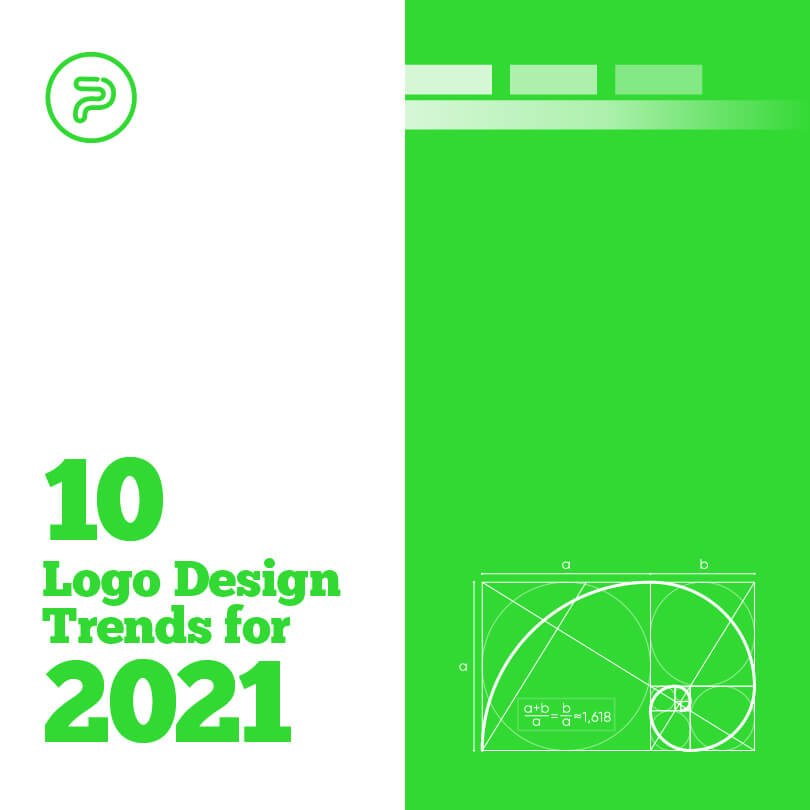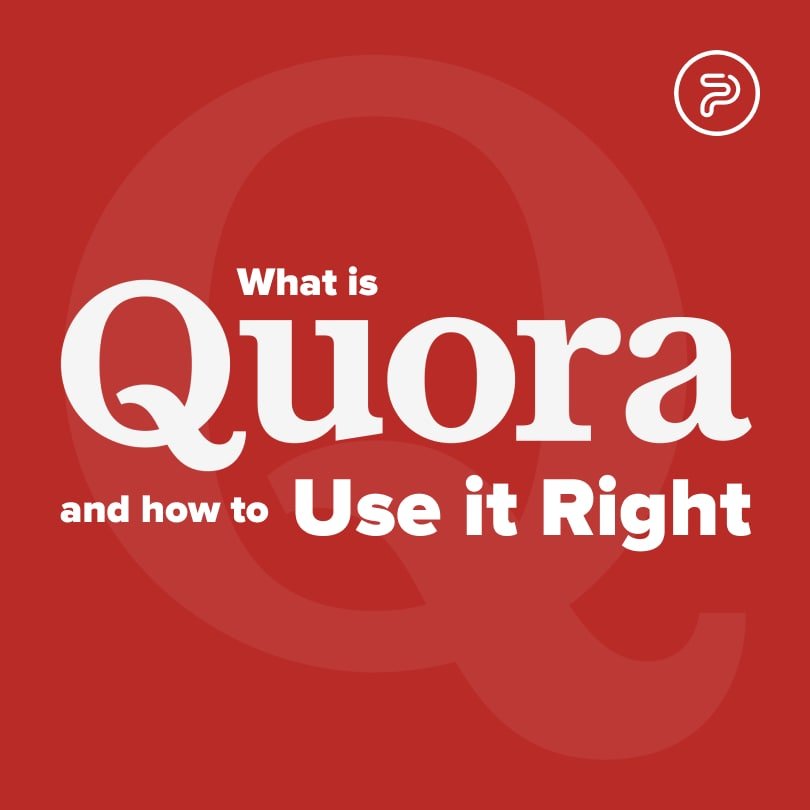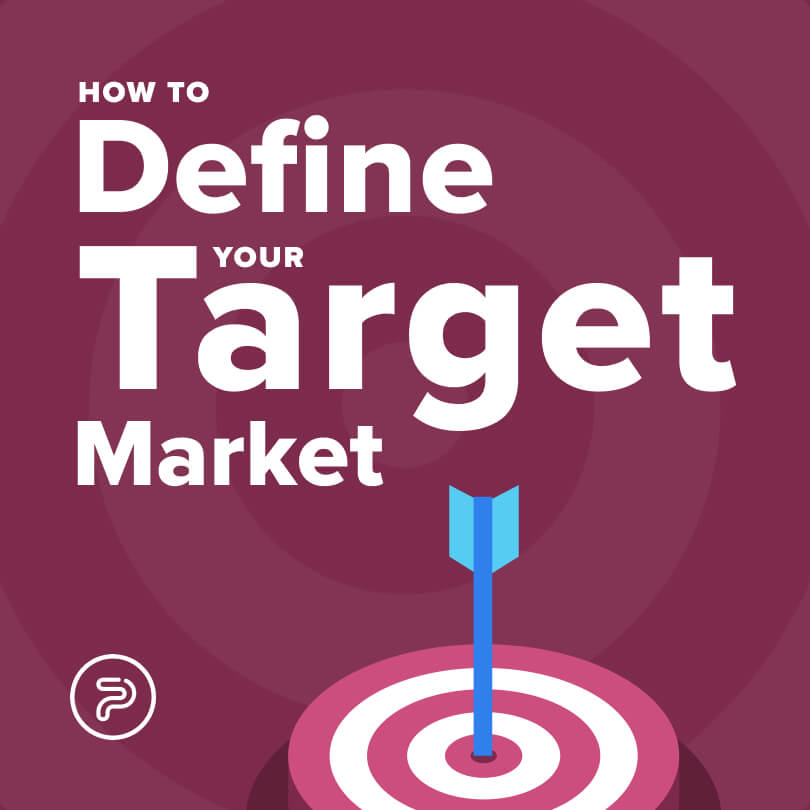As the decade started out in a really turbulent way, it's no wonder that most of us didn't have the time nor the will to get started with brand rehauling or with starting a small online or offline business.
However, as we all adapt our everyday life and business model to the new challenges of the new decade, we actually might have the time and the willpower to revamp our existing brand or take a shot at a fresh start.
As such, every smart entrepreneur knows that smart branding starts with creating a logo as it is the face of your brand and eventually, the most recognizable part of your business, especially if you use it wisely across all of your marketing assets.
Getting started with logo design can be a challenging, even somewhat frightening endeavor since there are a lot of different options to choose from and there are always several trends happening at the same time making our choices easier and more difficult all at once.
To help you narrow down your picks, here’s a list of the most influential trends happening right now. You will see that these designs for 2021 all seem to promote an optimistic message with experimenting with new ideas while still getting inspiration from design concepts of the past.
So, without further ado, let’s get started, shall we?
Revisiting the Concept of Basic Shapes
Even though shapes are the simplest building blocks of design and art, they are still able to convey powerful messages and make visually outstanding statements. Just look back at some of the logos from the 20th century from artists and designers who opted for shapes, lines, and fields of color to get the message through.
Ask any branding expert and they will tell you that shape-based logo designs can be powerful branding tools if done the right way. And in 2021, these basics shapes are back and all you need is a great idea and your business logo will stand out from the crowd with a sophisticated and simple, yet powerful design.
You might also remember that last year, there was a lot of talk about 3D geometric shapes. This year, the concepts are similar with designers using flat designs and distorted proportions in combination with several shapes or repeating patterns in logo designs.
Classic Symbols
Classic symbols in logo design are a great example of how designers are digging out concepts of the past and re-imagine them to create powerful and bald business statements.
Design experts agree that new businesses will embrace widely recognized symbols in their logo designs using modernized versions of motifs and iconography from past days amplifying their brand message and overall presence.
This can be a very exciting challenge both for the entrepreneur and for the designer as well. If you want to embrace one of these symbols for your business idea, first, find a symbol that communicates an idea similar to your brand’s vision. Next, figure out a way to create a logo around that idea with the symbol. For instance, a handshake, the symbol of the partnership was a powerful business logo in the 1920s and with a modern twist, you can communicate the same message of reliability with a modern flare.
Hand-drawn Images
Ever since the tools of the digital era have taken over control, logo designs were predominantly featuring accurate dynamism, thanks to computer-backed tech. For instance, last year, many new logo designs were created thanks to the concept of using vector illustrations.
And even now, when everything is digital-dominated, from time to time, you will see designers revisit the old days when logos were drawn by hand.
As such, this year, you will be probably seeing more hand-drawn imagery in brand logos. This isn’t purely for the sake of nostalgia, rather it’s a modern concept that aims to show the imperfect traits of hand-drawn images that make the entire technique so alive and appealing.
With the whimsical and intimate nature of hand-drawn designs, brands can exploit the opportunity to humanize their logo (and with it, their business). If you’re looking to portray your brand’s authenticity, this option might be one of those you should take into consideration more seriously.
Overlapping Text
Wordmark logos are and will always be a popular route to take in the world of logo design using the brand’s name instead of shapes and symbols. Even though they are a straightforward concept, the amount of creative potential they have is immense.
If you’ve noticed, wordmarks with serif fonts have dominated the logo design field. There’s just something uniquely engaging about classic font styles in the modern era we live in. As such, this year, this trend will pretty much continue, with a slight reinvention happening around the wordmark presentation.
One of these new concepts is overlapping text, which enables to designer to add more depth to the logo itself.
As some of the most successful creative designers pointed out, the return to serif fonts had a profound effect on the design world as a whole, especially in web design, and thus in logo design. Putting one letter over the other, or overlapping texts creates a rather captivating way of using serif fonts enabling brands to show themselves in different interpretations.
That being said, you shouldn’t forget that when it comes to text-based logo designs, things such as colors and font style plays a huge part in getting the right brand identity. If you choose to use overlapping text in your upcoming logo design, consider adding a variable logo to your arsenal too. This could be a small rendition that features only one letter of your brand’s initial(s), that can be put on your products that require less logo real estate.
Analogous Color Schemes
These colors are the hues that are next to each other on the color palette. This year, you will see quite a handful of brands moving away from bold contrasts and neon-based designs and moving toward a more subtle visual theme, favoring analogous color schemes.
If you choose this route, you will need to choose a primary color as a base and highlight it with its neighboring colors in the form of neutral hues and muted tones. This will hook you up with a less distracting color scheme and will enable you to come up with more complex logo designs overall. To top it off, your viewers will also get a harmonious and relaxing visual experience.
Authentic Portraiture
It’s pretty well-documented that people tend to seek out other faces and as such, portraits can create a useful and powerful emotional connection in logo designs. The more authentic and recognizable the faces are, the deeper the connection.
Because of this reason, logo designers in 2021 are embracing portraiture because it helps reflect different cultures, genders, races, age groups, and more. As homogeneous representations seem to overcrowd the media, this approach will serve as a breath of fresh air with its authenticity and real impression, which ultimately helps people connect with brands faster and more intimately.
The logos themselves can be simple flat portraits and illustrative techniques alike. The bottom line is to give designers an idea that they can make personable.
Optical Illusions
If you want to experiment with something playful and creative, optical illusions might be your way to go. With them, you can get your audiences to pay more attention to your logo in an instant.
These design concept ads layers, perspective, and depth not just to your logo, but your brand as well.
To create the illusion, you can play around with your brand’s letters, or you can also use geometric or abstract shapes. It’s all up to you.
There’s only one catch though – you don’t want to overdo it. Optical illusions can truly ad an intriguing quality to your logo, however, if they are too complex, they might confuse your audience instead of interesting them.
Using Emojis
We all use emojis. Luckily, we also have over 3,300 characters in our growing visual vocabulary, meaning that they enable us to express our emotions clearly and concisely.
This also means that they can be incorporated into the logo design world in several ways and can be powerful elements in the logo designing department as well.
It might sound like total kitsch at first, but know that even the Museum of Modern Art spotlighted the importance and influence of emojis in one of its exhibitions back in 2017.
Truly, they are evolving with grace and in the right way, they can be a powerful part of your logo design.
Breaking The Rules of Composition
When it comes to logo design, most experts tend to go by the rules of good composition. As such, they used a centered focal point, strive to maintain balance, and achieve consistent visual hierarchy.
However, when you ask any good designer, they will tell you that rules are made to be broken. That being said, breaking the rules of composition in logo designs can be seen as a sophisticated step out of the ordinary.
Breaking these rules doesn’t necessarily have to mean that you go completely savage. Instead, focus on one element and let that stand out. For example, if you use a wordmark logo, let one letter stand out by reducing its font size or taking it out of the composition’s grid. These simple twists can create a huge effect and can help get your brand noticed.
Using Nature Imagery
Lastly, nature, as a powerful reminder of renewal can also be a great inspiration for your next logo design.
Just take a look around and you will probably see new logo designs in 2021 trying to mimic nature in many ways that are both inspirational and responsive. Leafy motifs have already started gaining ground last year together with earthy tones and floral imagery and not just in the health and environment sector.
Finishing Thoughts
The bottom line is designers are fed up with images that don’t feel personable. At the end of the day, whether a logo is telling a story about the people behind the brand or the people whom the brand serves, people are the point.
No matter which concept you go with, just make sure to create an idea that does justice to your brand. With your logo, you want to capture the essence of your brand message. That being said, take your time and explore more of these options until you find the concept and design that truly speaks your brand’s language.





